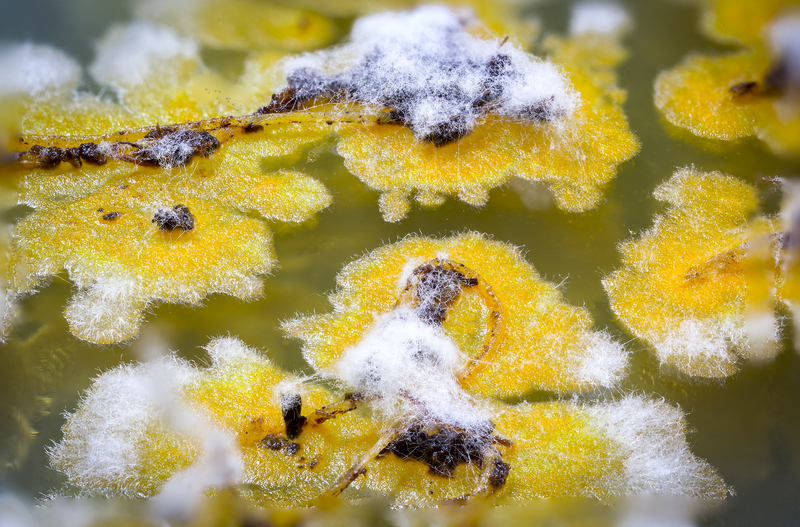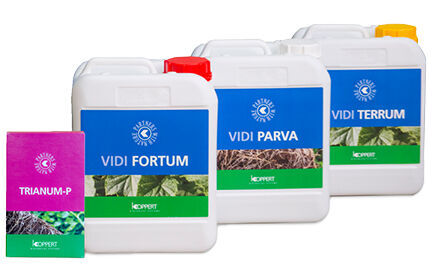
Fungi and bacteria have a bad name because they can cause diseases in humans, animals, and plants. But this is largely undeserved: the majority of fungi and bacteria are actually useful. Plants, humans, and animals couldn't even exist without these microorganisms. And it's with good reason that the number of biological beneficials and supporters is growing on this basis!
In fact, our whole world is one big ecosystem. But most ‘members’ are never seen because they are far too small. For example, there are billions of microorganisms living on our skin, and they play a useful role in our natural defenses. Our intestinal flora consists mainly of bacteria, which enable us to digest and absorb nutrients. They also play an essential role in our defence against diseases.
Plants are also partly dependent on fungi and bacteria if they are to continue to function well. The roots live in symbiosis with mycorrhizae (and many other useful fungi, such as Trichoderma) and rhizobacteria, which help absorb minerals and defend against soil-borne diseases. The plant is also teeming with organisms, inside and out, the function of which is not yet known in many cases. What's certain is that plant resistance is strongly related to these ‘passengers.’

Positive Image
In fact, it's strange that fungi and bacteria have such a negative image. The reality is that the useful ones have the upper hand. As a grower, you can make good use of this. For example, adding Trichoderma harzianum fungi or Bacillus bacteria can make a plant much stronger and more resilient. The NatuGro system strengthens soil life around the roots while improving mineral absorption, tolerance to stress, and crop and product quality.
Biological Control
You can also use fungi and bacteria directly against diseases and pests. It may surprise you to learn that this application has a long history. One of the first biological control agents was Bacillus thuringiensis, a bacterium that parasitizes, paralyzes, and kills caterpillars. Due to the recent increase in caterpillar problems, this hero from history is once again in the spotlight today.
Bacillus subtillis and Bacillus amyloliquefaciens – parts of our Microflora SA product – is an example of a natrual rhizobacteria that enhances plant growth by improving availability of plant nutrients through the root system. After all, a plant starts it's growth from the roots.
Trichoderma harzianum – our Trianum product contains the powerful strain T22 – is an effective and registered beneficial for use against soil-borne root diseases such as Pythium and Fusarium.
In short, there's every reason to see fungi and bacteria in a much more positive light. They're extremely useful and deserve greater appreciation!